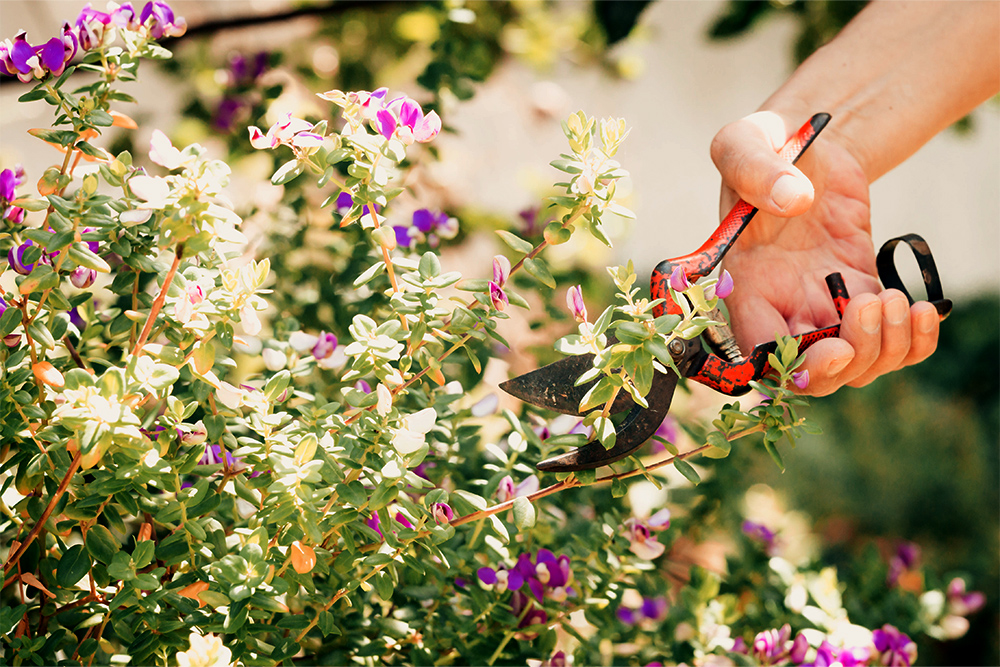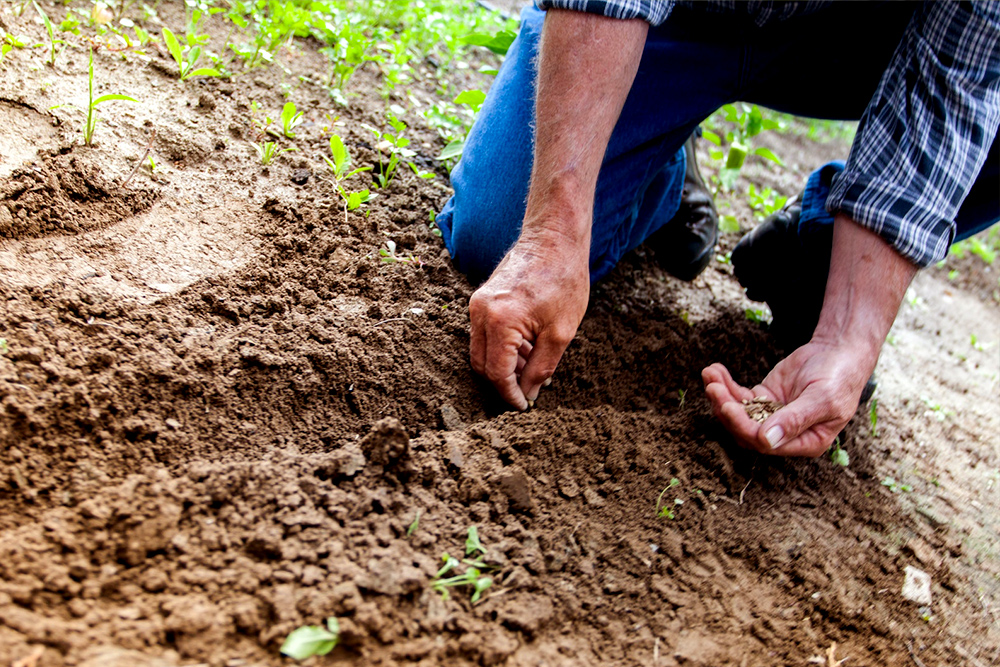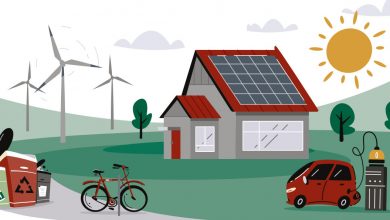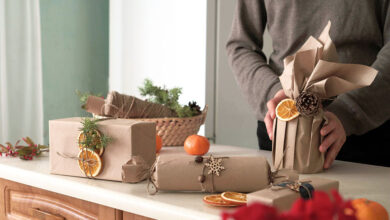10 top tips to help preserve biodiversity in your garden
Editorial Feature
It’s estimated that the global population will reach almost 10 billion by 2050 – now that’s a lot! So, in order for the planet to feed this many mouths, sourcing our food sustainably, and in a way that doesn’t destroy biological diversity and instead which actively replenishes it, is key.
One of the main factors enabling us to source food sustainably and therefore eat ‘sustainably’ involves protecting the diversity of our flora, fauna (that’s plant and animal life if you’re not in the know) and their ecosystems. Biodiversity is crucial to life on earth because it provides us with clean air, fresh water, good quality soil and crop pollination. Want to know more? We asked Birds Eye for their advice on helping to reverse biodiversity loss – and it’s easier than you think.
1 Keep it native
For a start, use plants that encourage a wide range of pollinating insects and other wildlife. Crocuses are great for spring to aid early pollination for bees; foxgloves are also ideal for bumblebees, honeybees and moths; while lavender not only smells amazing but is a great pollinator for honey bees, too.
2 Go wild
If you have a garden, allow a small area to grow wild, or leave a patch of fallen leaves where they are, as insects, birds and small mammals benefit from the cover and native plants. We also did a little digging (pun intended) and discovered wild spaces contribute to better water quality and help absorb carbon.

3 Tree planter
If you don’t have access to an outdoor space look out for a tree down your street – they often have soil at the base so you can grow wildflower seeds quite easily. Why wildflowers? Again they’re perfect for pollinators and hardly need looking after, waving goodbye to the need for fertilisers and pesticides.
4 Inspire the future
Get children involved in gardening so future generations love and respect wildlife and protect nature. There’s tons they’ll love, from growing veg, feeding the birds and digging your own pond to watch dragonflies, frogs, newts and more visit. Just make sure you teach them how to stay safe around it.
5 Know the source
When buying foods, take a look at what the manufacturers are doing to support sustainability. You can do this by looking at their website and many brands, who put the source of their foods on the back of the packaging to help us know that the food has been responsibly sourced and produced.

6 Keep it natural
Want to get rid of weeds? Do it via the no-dig method. Grab a fair amount of cardboard and place it firmly down over the weedy area with plenty of layers. It works well because the cardboard stops light and vital nutrients from reaching the weeds, meaning they can’t thrive.
7 Limit harsh chemicals
Avoid using pesticides, and let natural predators control your garden pests instead. Our tip? Surround your plants with a ring of wool pellets or grit. Put a thick layer around the base of your plants and the slugs will hopefully steer clear. It’s that simple – no need for anything nasty.

8 Feed wildlife
And don’t forget about the importance of feeding local wildlife. Foxes love to snack on raw meat, apples and pears; squirrels should be fed unshelled nuts like walnuts or almonds; while hedgehogs are partial to wet and dry cat food and unsalted peanuts. Keep out a bowl of topped up water, too.






